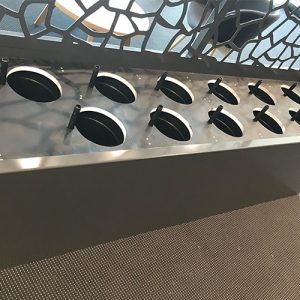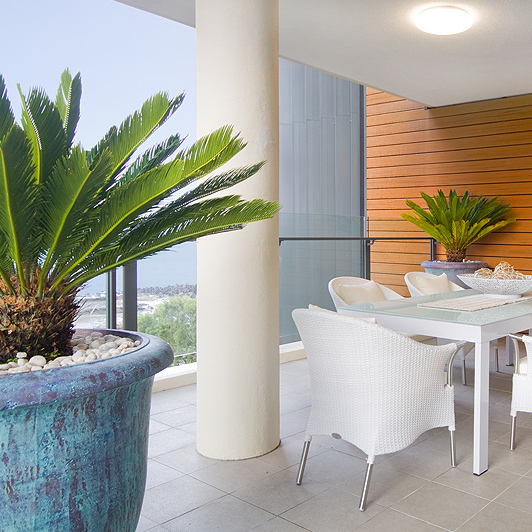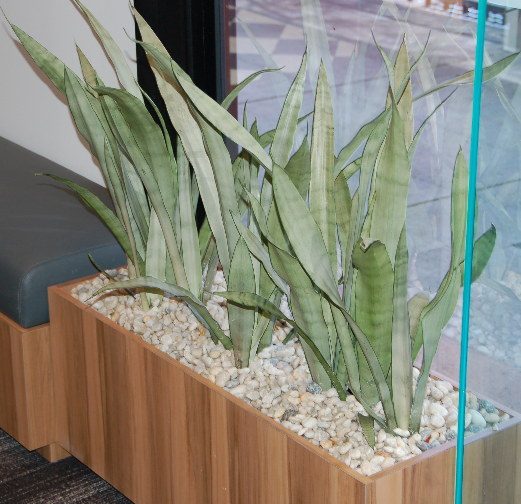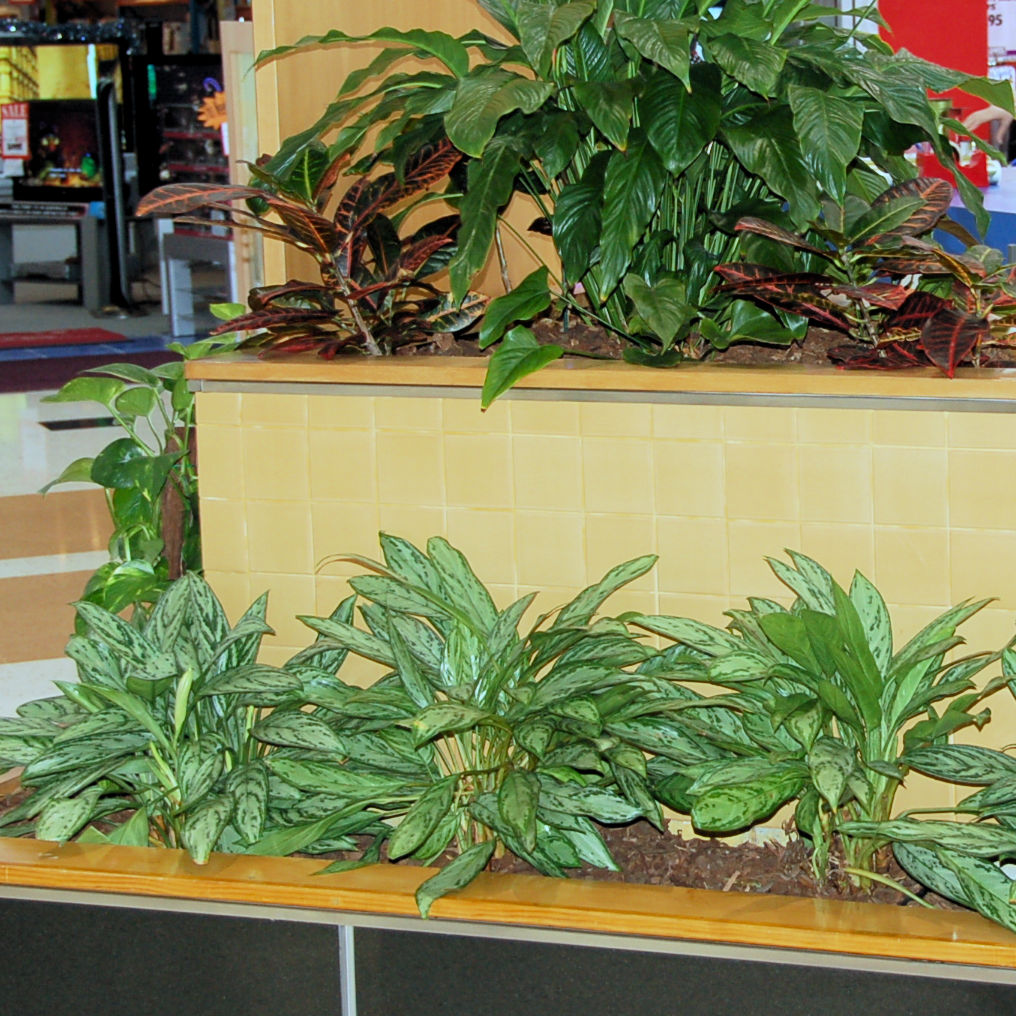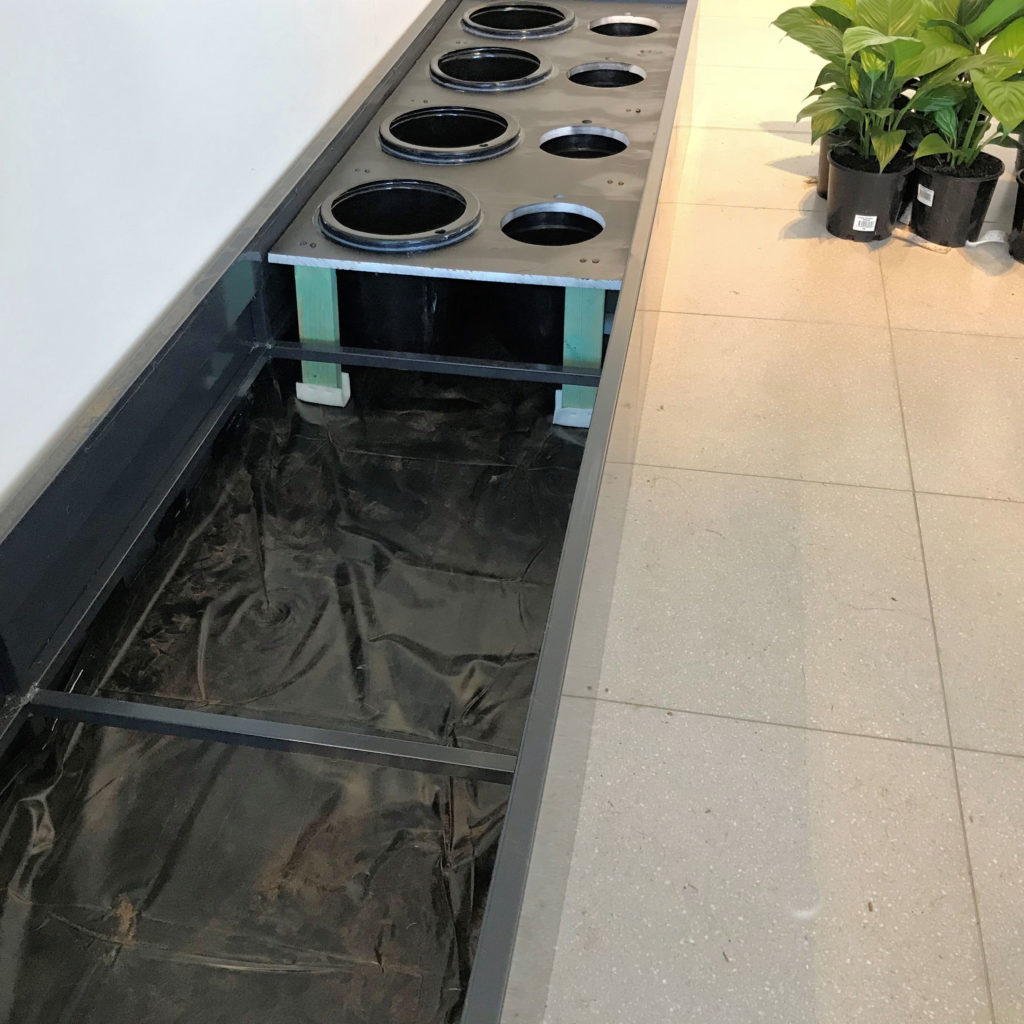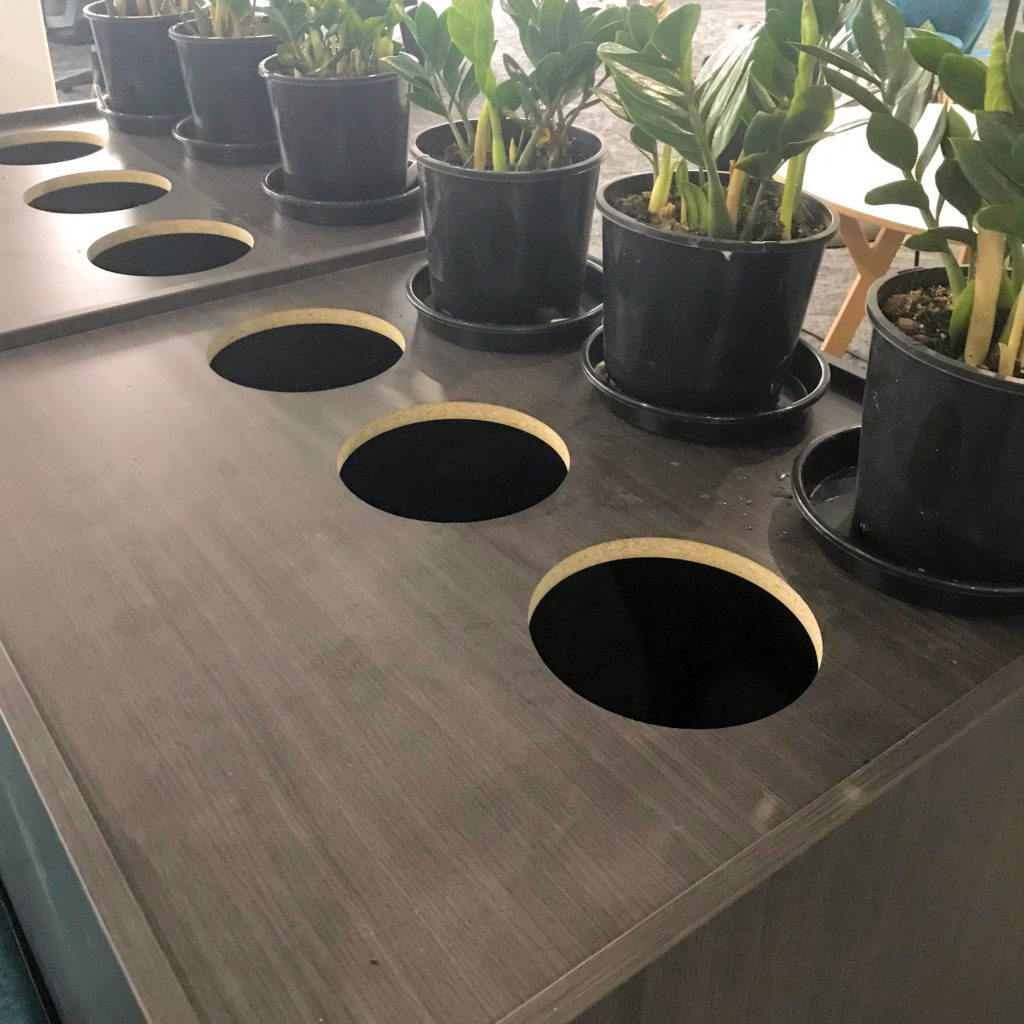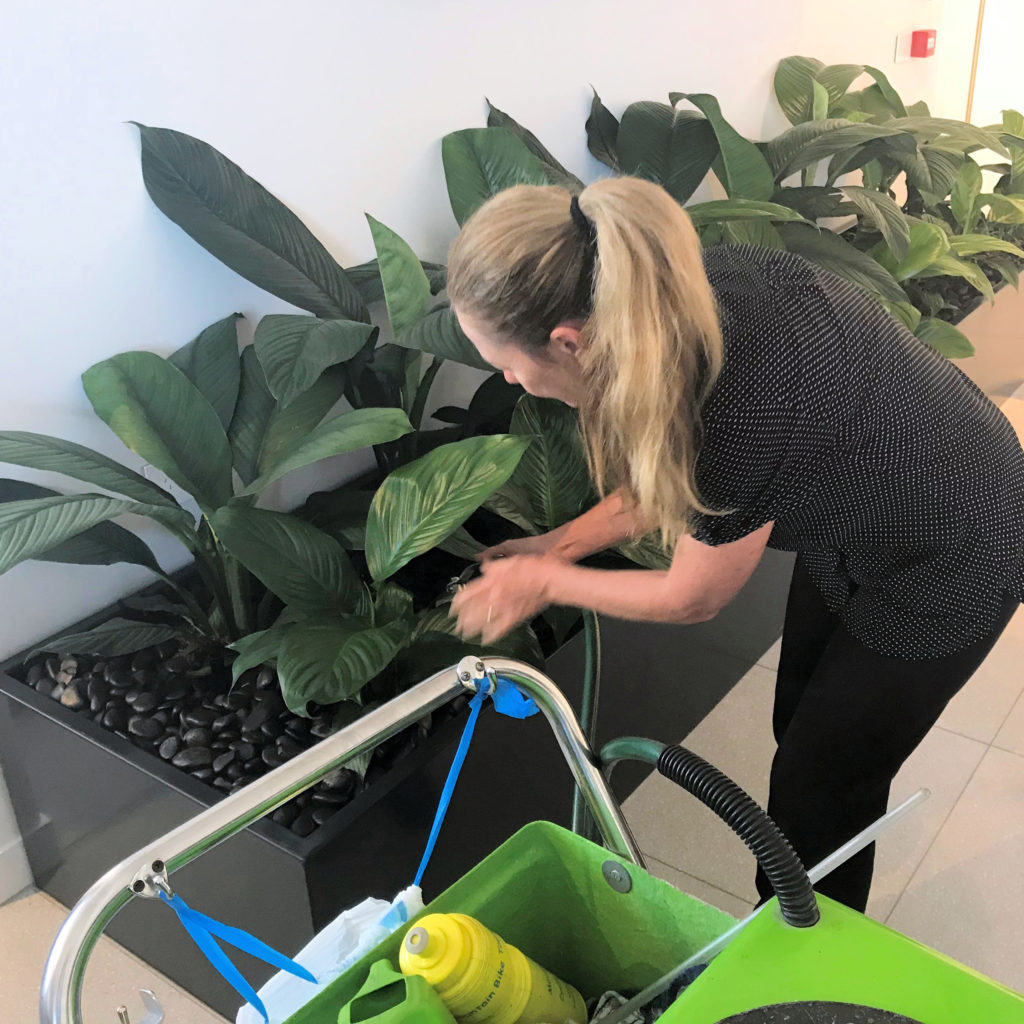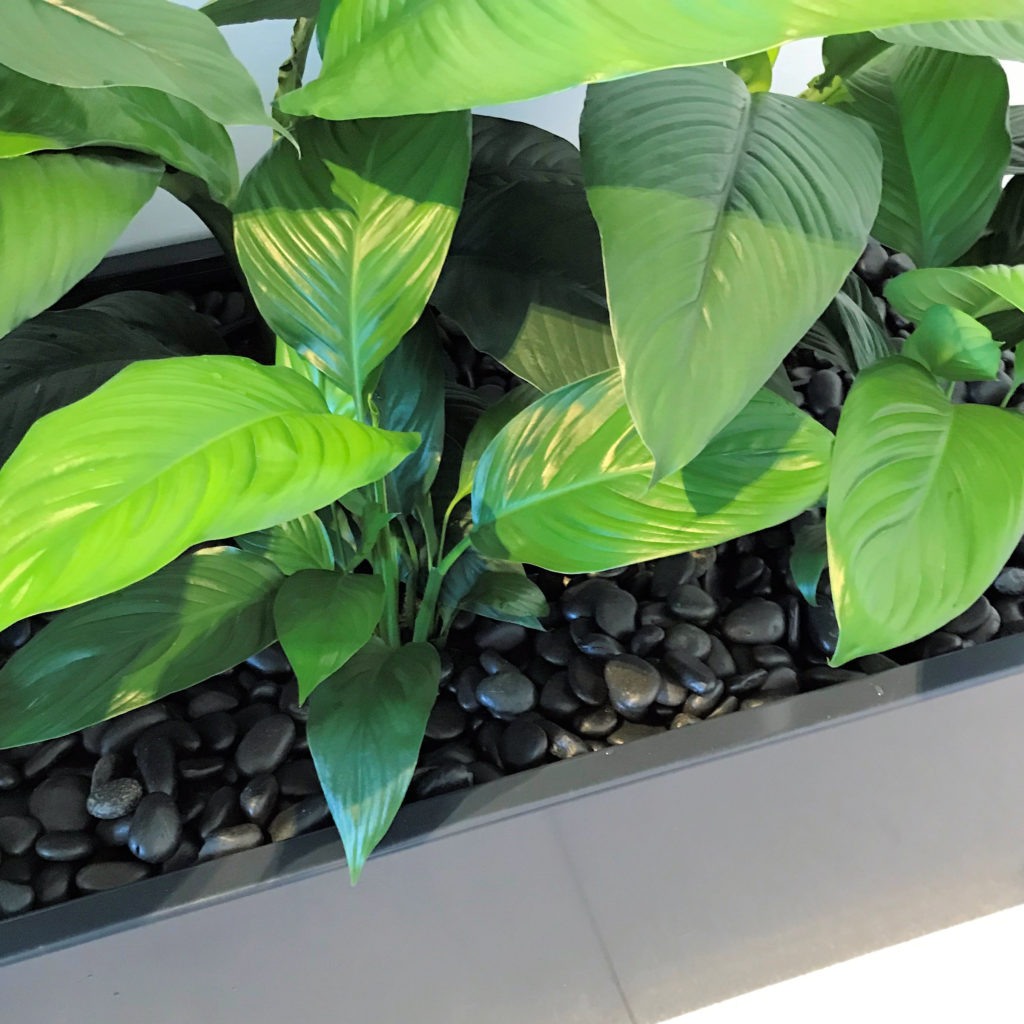Forward
Some architects and designers prefer to design planters, especially for the new premises. If this is the case, we can help.
If you are designing custom planters, whether stand-alone or in situ, have you considered:
- Watering method, did you know there are several methods? each with their own pros and cons. We make sure the planter is suitable for the plants you want.
- Type of plant, do you want low water plants or any type of plant, what about when fashions change?
Bark Plates are the solution. A bit of setting up but the plants and the staff reap the benefits.
- Will your container rust or expand if wet? Remember plants use fertilizers which will corrode some meals.
- How much topping should you allow, what sort of topping, do you want topping? Why do we use topping?
- Traps to avoid and
- Many more answers.
also:
- The light requirements of the plants you imagine.
- Will you need supplementary lighting.
- Space requirements – how big will they grow.
These are some of the things that should be considered during the design of custom planters.
You won’t regret calling us, we can make your problem go away.
Typical Problems
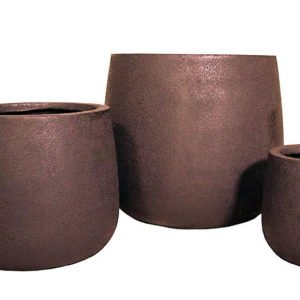
These Duffel planters are a popular choice, but they need to be waterproofed and sub-irrigated.
I recently saw a custom designed planter that on first impressions was perfect for the space. The dimensions were perfect, the colour and finish outstanding and it had a lush array of plants.
On closer inspection:
- The plants were just sitting on bricks
- The planter had a plastic liner
- It was too shallow for the plant size required
- It had no flooring and
- It was wider than required.
A plastic liner only needs one pinhole and water will leak all over the carpet and a planter without a floor cannot be moved.
It could have had a stainless steel liner, but that would cost a small fortune.
Use custom-made planters by all means, but please talk to us first. We can save you time, money and lots of trouble.
Solutions
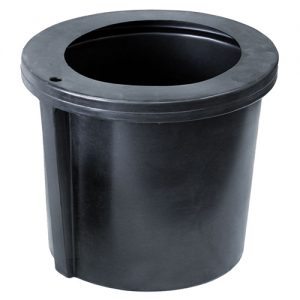
A Water Table. These are available in several sizes.
Inserts or Water Tables
We use specially made liners that will easily drop into a custom-made planter of the correct dimensions.
These liners are available in several sizes depending on the size of the plant required.
They have an inspection hole so we know the water level.
Bark Plates
Using an insert may only be part of the solution. If mulch is required, it will fill up all the spare space in the planter. So we make a plate, in which the inserts fit.
Now the mulch simply sits on top. The planter is still very light and not much mulch is used (polished pebbles are costly and heavy).
Terracotta or Concrete Planters
Modern indoor planters are made from polyethylene or fibreglass. These are excellent materials, they are both strong, lightweight, easily waterproofed and available in many colours. But some designers prefer more traditional planters made of terracotta or concrete composites and lightweight Terrazzo.
Terracotta and concrete planters are not watertight. By using an insert, not only do these planters become watertight but have all the properties of modern lightweight planters.
Sub-Irrigation
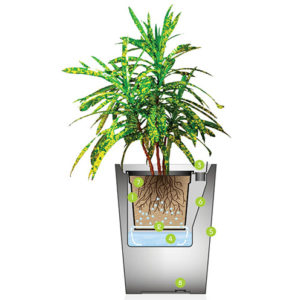
Diagram – Sub-Irrigation. This drawing is by courtesy of The Container Connection (TCC). TCC is a manufacturer of sub-irrigated planters for the Indoor Plant Hire Industry.
This drawing shows:
- The plant in a growing pot being suspended above the water reservoir
- The wicks being suspended in the water
- An inspection hole
- Space for mulch
- A bung in the bottom for use on balcony planters.
The Container Connection has been a champion of Sub-Irrigation for many years. They saw the benefits for the Indoor Plant Hire Industry and all their planters use this method of watering.
Sub-irrigation:
- Extends water cycles
- Less Maintenance
- Saves Time
- Promotes Healthier Plants
- Total Water Control
Sub-irrigation helps to maintain your plants for longer and consumes up to 60% less water than traditional planters.
It is recommended that watering over the top at the time of installation is necessary.



